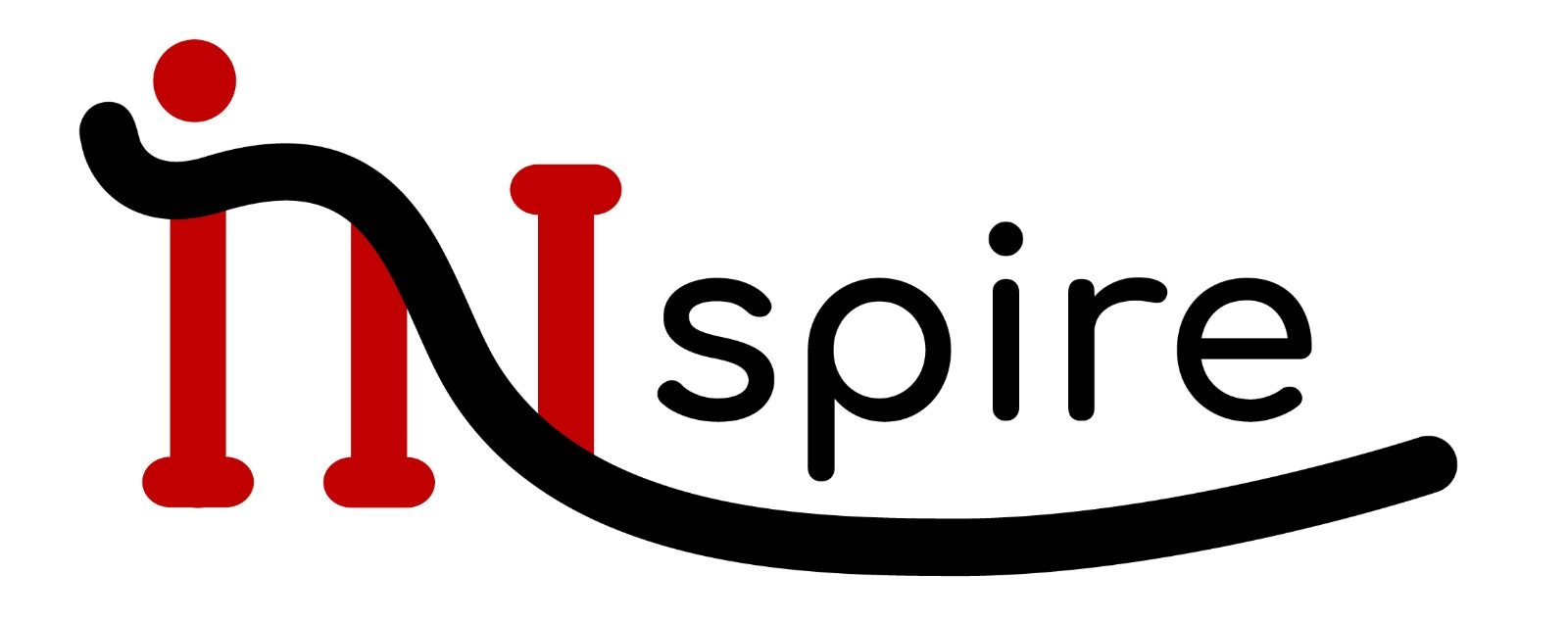Characteristics of methodical action
– Methodical action is purposeful
If you work methodically, it means that you have a clear goal in advance
– Methodical action is systematic
This means that after you set a goal, you can make an order in the various steps you will take to achieve that goal.
– Methodical acting is process oriented
You work methodically as you follow a continuous line of development
– To act methodically conscious
When your act is conscious, you can support each phase of your journey.
Phases:
1: Start and Initiative (where the initiative comes from, how it originates and why)
2: Analysis and Research (know what it is about and what needs to be done)
3: Problem and Objective defining (set diagnosis, what exactly is going on, what exactly is the problem and who poses the problem in a box)
4: Plan / Strategy (how to go about it, define a strategy, planning and design of the program)
5: Performance (check constantly if everything happens as planned and manage the strategy)
6: Evaluation (when it’s over – what has been achieved, what mistakes have been made and why)
Phase Model of Olde Vechte
1. The phase of initiative and beginning
It is important to know where the beginning is, from whom or where the initiative is coming and who those involved in the initiative are. Are there already agreements made, promises done or expectations created? Do the involved people or organizations know what their role is? It is important to know that there is a difference between the initiative, that leads to the activity, and the beginning.
2. The phase of analyzing and inquiry
It is important to know exactly what it is about. Many times we know more or less what it is about or what needs to be done. However, many times it is needed that we know it precisely and we need to inquire.
3. The phase of problem defining and goal defining
What is really the matter? What is the problem? And who is putting the problem in which context? The quality of the problem defining is mostly depending on the quality of the analysis. It means the more profound the analysis was, the better and more accountable the problem defining will be, and the goal defining of the activity is set out of this problem defining.
4. The phase of planning, strategy and programming
If you know what the matter is and what the purpose is, you come to the question – How do I proceed now? Then it is about defining strategies, planning the approach and setting up the programming of how and in which systematic and process-oriented way the purpose (defined goal) can be realized. Agreements need to be made on who is doing what, when, where and how corrections in the process can be made and by whom.
5. The phase of performing
The most important in this phase is checking if things are happening (or unfolding) in the way that was agreed, and what the complications are. It is about the implementation, to master the strategies made and to execute the programming. There are all kinds of practical aspects that are appearing, such as how to approach people, how to handle opinions, which role is fulfilled by whom, which mistakes you make, how to handle agreements that are not kept, etc.
All the previous phases will now bring their results.
6. The phase of evaluation and closing
Naturally, it is important that activities are closed. Although it sounds logically, many times in practice it is skipped. When is the activity really over? When is the last thing done and how? What is accomplished and how do the involved people look at it now. Which mistakes are made and how or why? Creating a balance sheet of everything that is done adds the value to it. There is a clear distinction between evaluation and closing.
